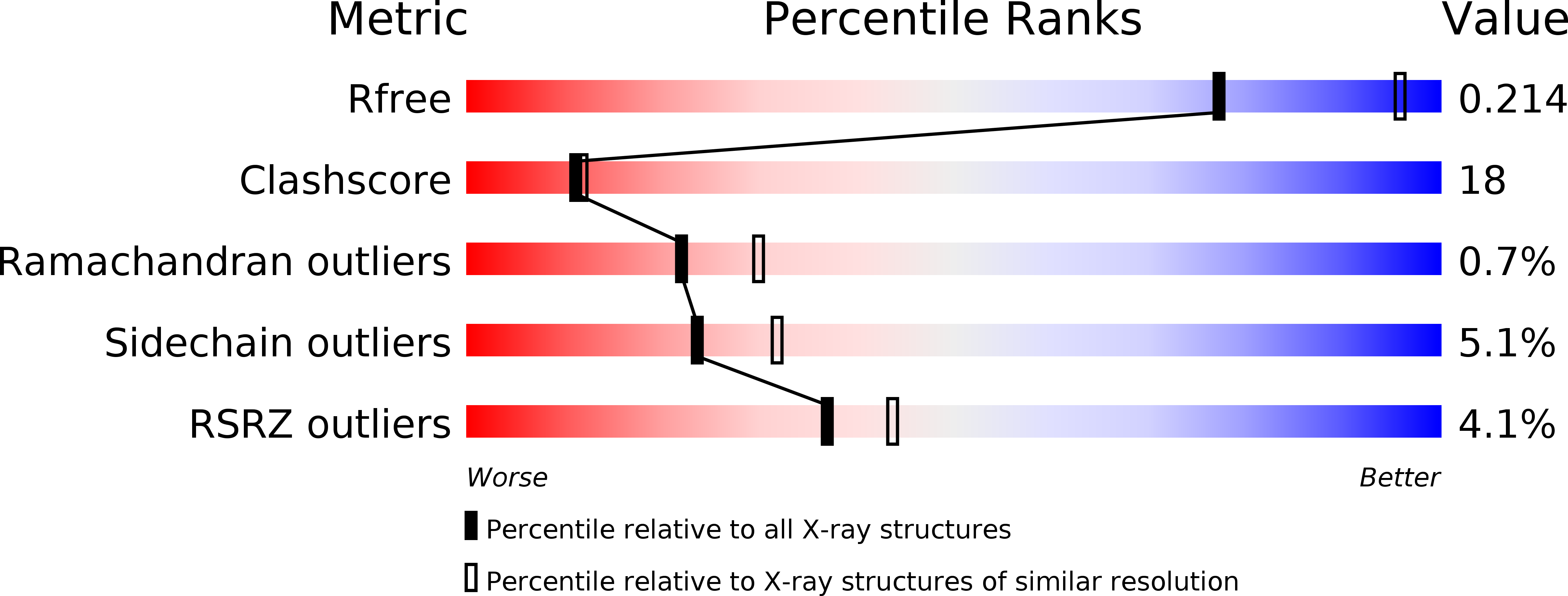
Deposition Date
2008-10-25
Release Date
2008-12-30
Last Version Date
2023-09-06
Entry Detail
PDB ID:
3F0R
Keywords:
Title:
Crystal Structure Analysis of Human HDAC8 complexed with trichostatin A in a new monoclinic crystal form
Biological Source:
Source Organism:
Homo sapiens (Taxon ID: 9606)
Host Organism:
Method Details:
Experimental Method:
Resolution:
2.54 Å
R-Value Free:
0.25
R-Value Work:
0.21
R-Value Observed:
0.21
Space Group:
P 1 21 1


